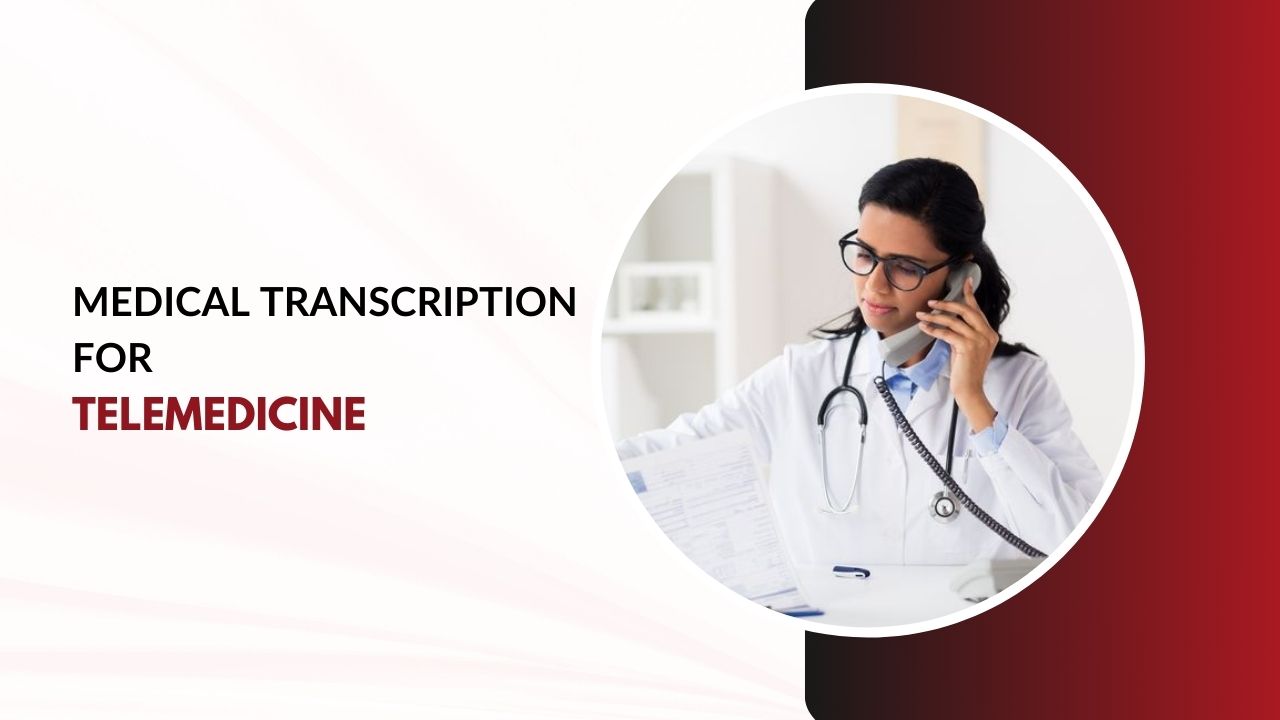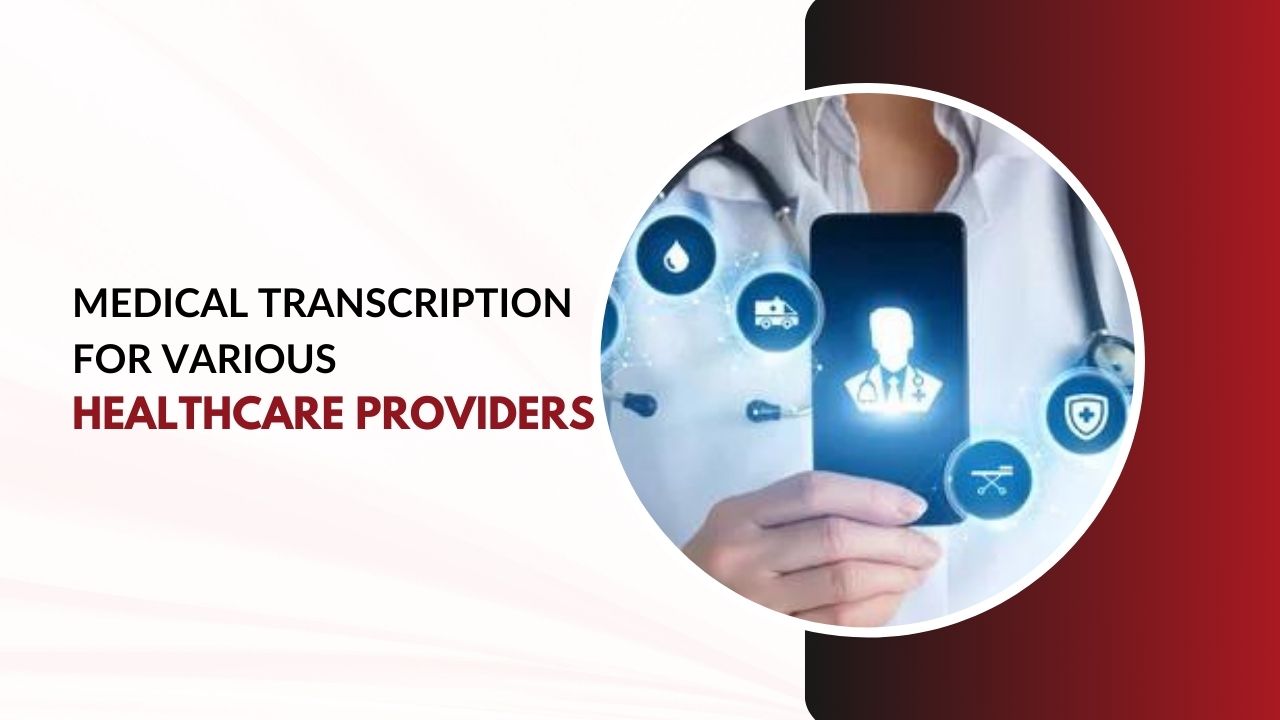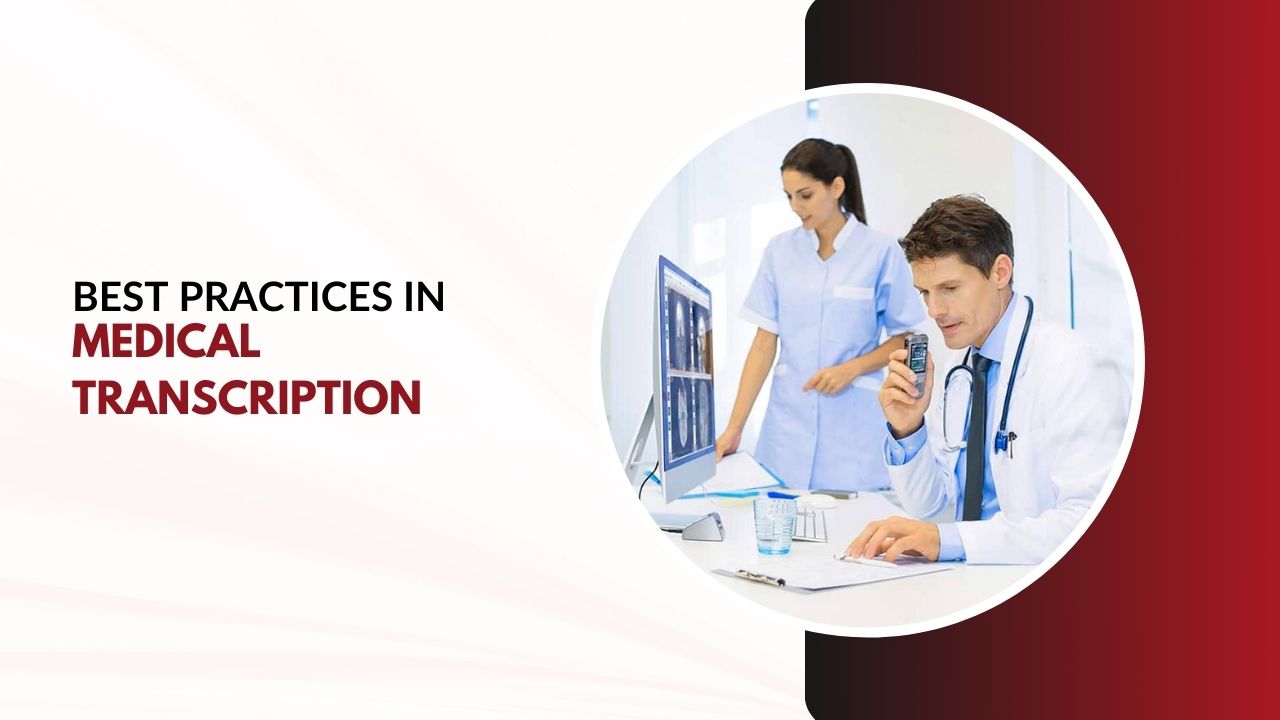In today’s fast-paced world, technology has transformed the way we access healthcare. Telemedicine, the practice of providing medical care remotely through digital means, has become increasingly popular.
But how does telemedicine ensure that patient records are accurately maintained and accessible to healthcare providers? The answer lies in medical transcription.
In this article, we will explore how medical transcription supports telemedicine by creating accurate and detailed patient records.
What is Telemedicine?
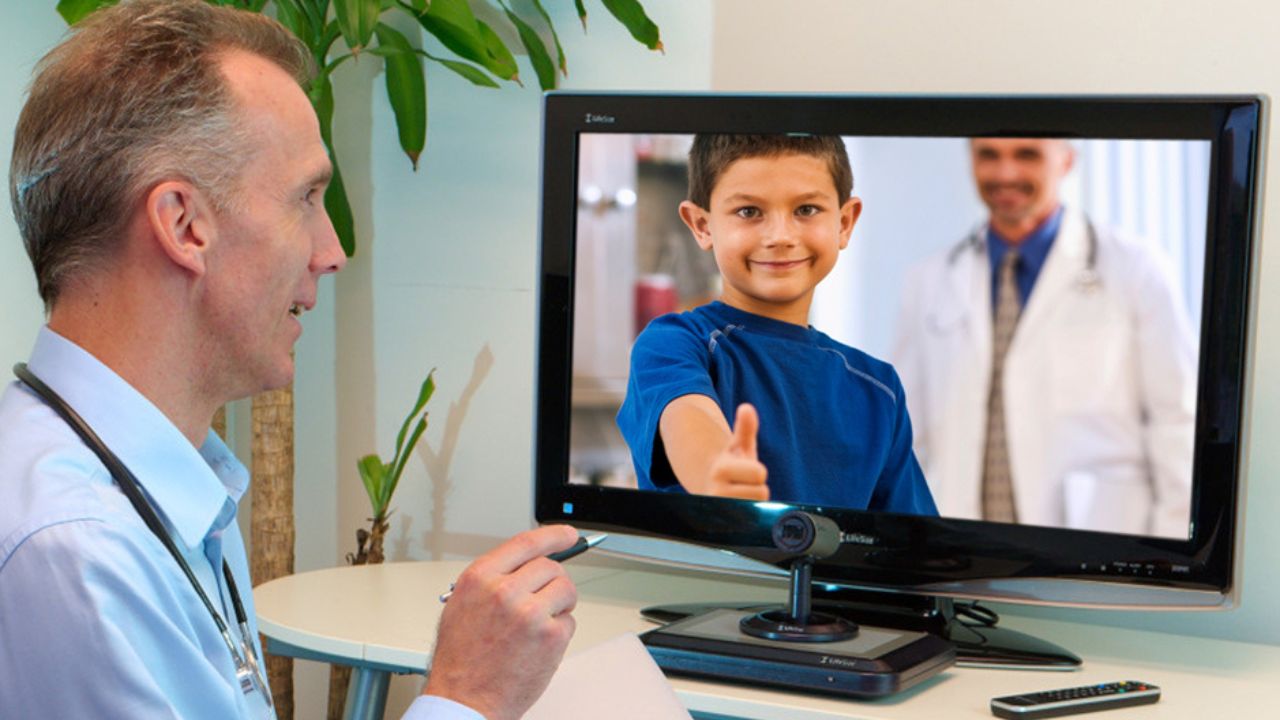
Telemedicine is the use of technology to deliver healthcare services, consultations, and medical information remotely. Through video calls, phone calls, or secure online platforms, patients can consult with healthcare providers without the need for in-person visits.
Telemedicine offers numerous advantages, such as convenience, accessibility, and reduced travel time, making it a valuable addition to modern healthcare.
The Role of Medical Transcription in Telemedicine
Medical transcription is the process of converting spoken words into written records. In the context of telemedicine, it ensures that healthcare providers have comprehensive, organized, and secure patient records for every remote consultation.
Let’s delve into how medical transcription contributes to the success of telemedicine.
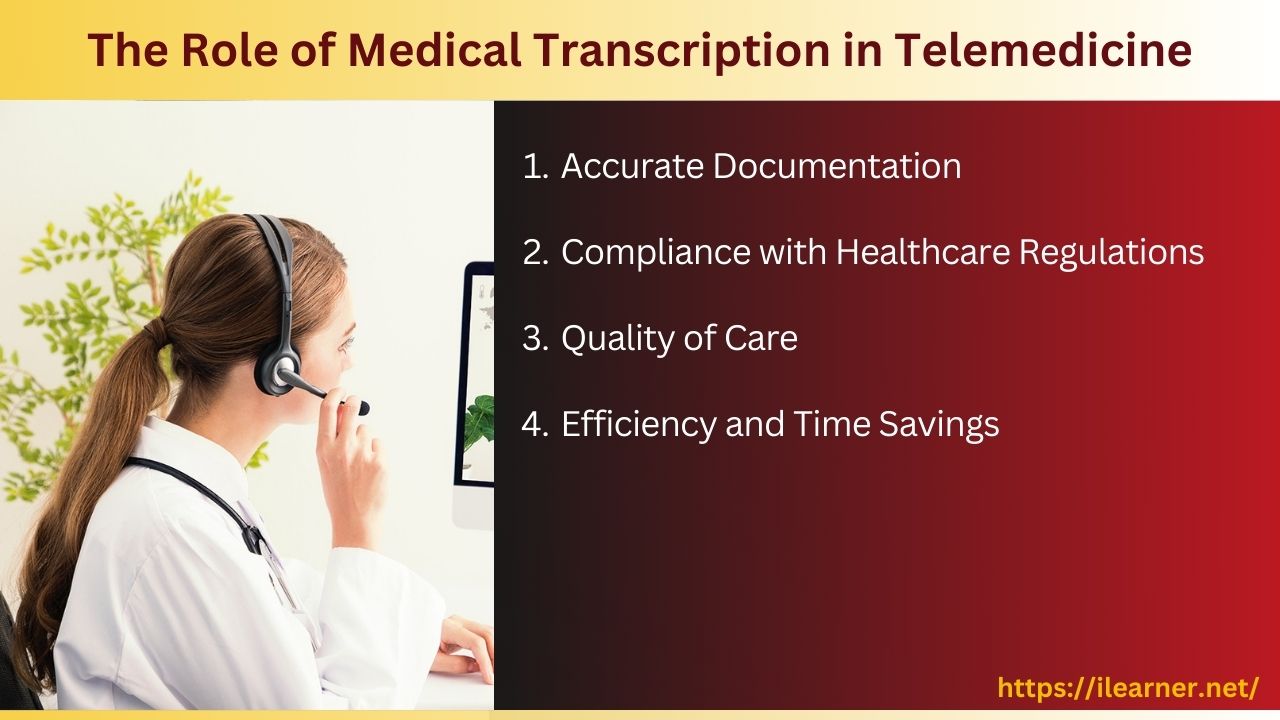
1. Accurate Documentation
In telemedicine, healthcare providers cannot rely on handwritten notes or memory to document patient encounters. Accurate and thorough documentation is crucial for making informed decisions about diagnosis, treatment, and follow-up care. This is where medical transcription comes into play.
Medical transcriptionists listen to the audio recordings of telemedicine consultations and transcribe them into written documents.
These transcriptions include details of the patient’s medical history, current symptoms, the healthcare provider’s examination, and the treatment plan. Accurate transcription ensures that the patient’s medical information is preserved and can be reviewed as needed.
2. Compliance with Healthcare Regulations
Healthcare is a highly regulated field, with laws and regulations in place to protect patient privacy and data security. In the United States, the Health Insurance Portability and Accountability Act (HIPAA) sets strict standards for safeguarding patient information.
When healthcare providers conduct telemedicine consultations, they must ensure that patient records are securely stored and transmitted. Medical transcriptionists are well-versed in HIPAA regulations and ensure that transcribed records adhere to these privacy standards.
3. Quality of Care
Telemedicine consultations often involve follow-up appointments and the need for coordination between different healthcare providers. Accurate medical transcription helps ensure the continuity and quality of care. When a patient sees multiple healthcare professionals or receives treatment from different locations, their complete medical history is readily available, facilitating more effective care.
4. Efficiency and Time Savings
Time is of the essence in healthcare, and both patients and healthcare providers benefit from the efficiency of telemedicine. Medical transcriptionists play a crucial role in expediting the documentation process.
While healthcare providers can focus on the patient during the telemedicine consultation, transcriptionists work in the background to create accurate records. This streamlined process reduces administrative burdens and saves time for everyone involved.
Technology and Tools in Telemedicine Transcription
In the world of telemedicine transcription, technology plays a significant role. Various tools and software help streamline the transcription process, ensuring accuracy and efficiency. Here are some key aspects of technology in telemedicine transcription:
Digital Recordings: Telemedicine consultations are often recorded digitally, providing clear and accessible audio for transcription.
Speech Recognition Software: While human transcriptionists are essential for quality control, speech recognition software can be used to generate initial transcriptions quickly. However, these automated transcriptions often require human review and editing for accuracy.
Secure Transcription Platforms: Healthcare providers use secure and HIPAA-compliant transcription platforms to ensure the confidentiality and privacy of patient records.
Collaboration Tools: Telemedicine transcription services often involve collaboration between healthcare providers, transcriptionists, and administrative staff. Collaboration tools facilitate communication and data sharing.
The Future of Telemedicine and Transcription
Telemedicine is not a passing trend; it’s here to stay. As technology continues to advance, telemedicine will likely become even more integrated into the healthcare system. This means that the role of medical transcription in telemedicine will become increasingly important.
The use of artificial intelligence (AI) in transcription tools is also on the rise, offering the potential for faster and more accurate transcriptions. AI can help identify medical terminology and context, making the transcription process more efficient. However, human transcriptionists will remain essential for quality assurance, ensuring that the content is accurate, compliant with regulations, and maintains patient confidentiality.
Conclusion
Telemedicine is changing the way we access healthcare, making medical services more convenient and accessible. To ensure the quality and continuity of care in telemedicine, accurate documentation is essential.
Medical transcriptionists play a vital role in this process, converting audio recordings of telemedicine consultations into written records that healthcare providers can rely on. With technology and human expertise working together, telemedicine and medical transcription are a winning combination, improving the healthcare experience for patients and providers alike.
Also Read:
- Medical Transcription for Various Healthcare Providers
- Medical Transcription Best Practices
- Medical Transcription for Different Specialties: A Vital Support System
- How To Avoid Medical Transcription Errors
- What Is A Medical Transcription Software
- Importance Of Medical Transcription Certification
- What is Medical Transcription

